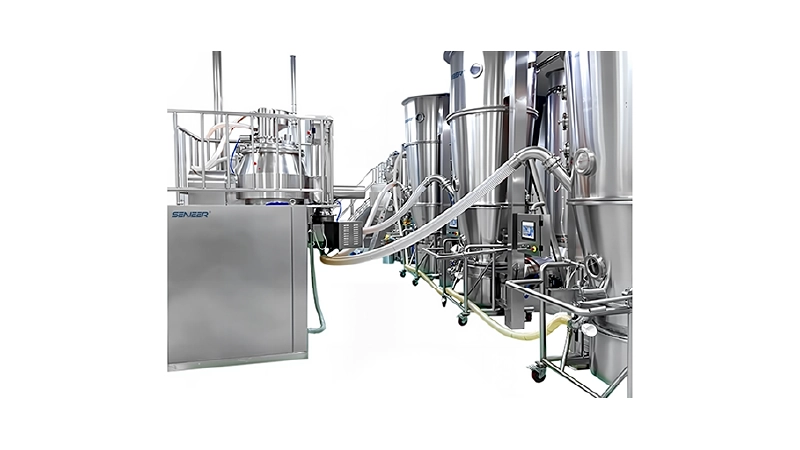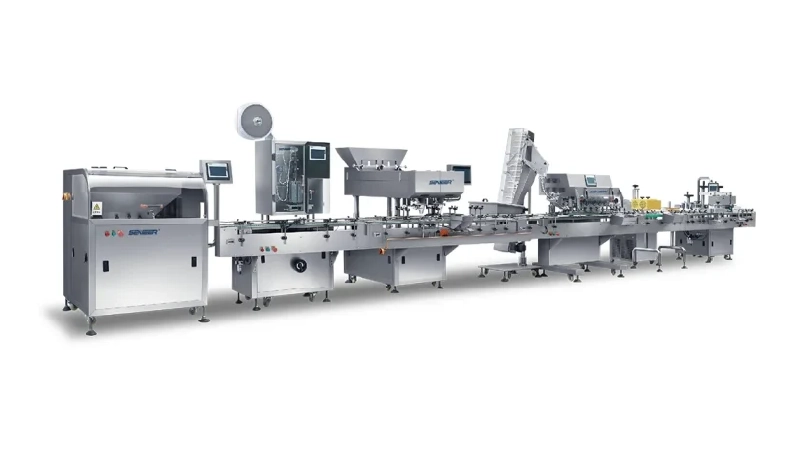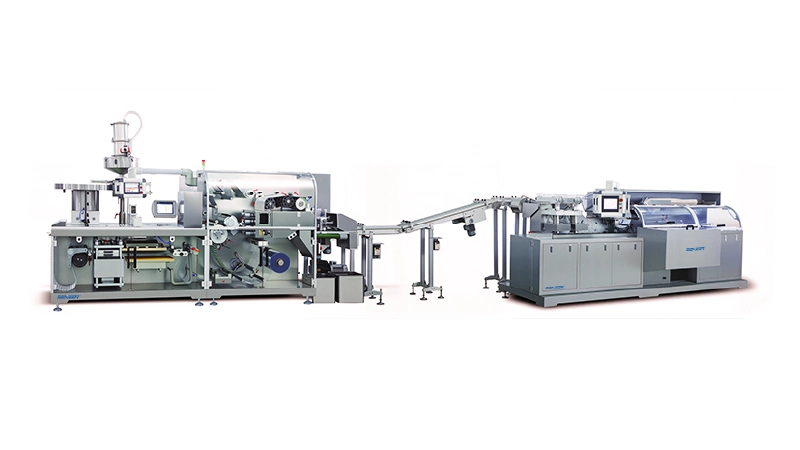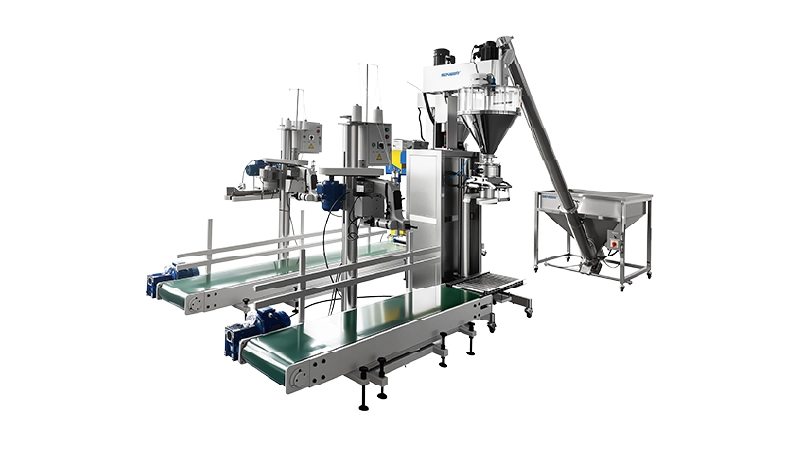To achieve a perfect “wet granulation process”, it also called “rapid mixer granulator process”. it must be based on the control of various parameters. This article will outline the many points that companies need to consider when designing or optimize a wet granulation process.
Wet Granulation Technology
Wet granulation is one of the most commonly used techniques in the pharmaceutical industry. The process is designed to obtain a mixture of desired properties, suitable for subsequent processes such as tableting, coating, etc. To optimize the granulation process, It is important that the process should be robust, repeatable, controllable, and should also provide optimal yields. Wet granulation technology is mainly used to improve the flowability, compressibility, bioavailability, homogeneity, electrostatic properties of powders, and stability of dosage forms of low-dose mixtures.

Granulation Process
An optimized Granulation Process involves many parameters that can have a significant impact on the quality of the process. For example, the most critical effects are caused by the properties of the raw materials (eg particle size, structure, density, solubility or stability). Some of these parameters can be fine-tuned with predictions, but should always be kept under control.
Typically, the granulation process includes some or all of the following steps:
1. Mixing;
2. Spray granules to distribute the liquid into the blend;
3. Wet granulation/granulation stage;
4. Drain and proceed to drying or sizing.
In many cases, the process development of pellets, whether scale-up or final quality, depends on the formulation.
Choose The Right Equipment
Choosing the right equipment will maximize wet granulation success – even if limited by API or formulation. Some devices, although based on the same principles, have very different designs. For example, different types of high-speed mixing wet granulators are available depending on the position of the main impeller (top drive or bottom drive) and the configuration of the granulator (side mount or vertical mount).
Define Endpoints
There is no uniform definition of the appearance of granules at the end of wet granulation, but they should have good flow, compressibility and desired dissolution. Proper selection of endpoints should be based on consideration of the overall process and aim to provide reproducible results – a key point to optimize a wet granulation process.
Even with the best formulations, processes and equipment, the quality inspection of the final product will still consist of particles that vary in size, shape, moisture content and strength. It is critical to assess the impact of differences in endpoint design on final dose performance, such as dissolution failure due to overly large endpoints for IR dosage forms. The process should take into account the impact on subsequent drying, milling, tableting and coating processes.

The particle size of the particles is determined by the amount of granulating liquid and the rate of addition. The average particle size depends on the specific surface area of the excipient, the moisture content and the liquid saturation of the agglomerates. Moisture content is also a key parameter, as problems such as “sticking to the sides of the bowl” can occur during the granulation process.
The formulator can define the granulation endpoint by a target particle size average or distribution index. Once the desired endpoint was reached, the granulation properties and subsequent tablet properties were very similar regardless of granulation process factors (eg, impeller, chopper speed, or binder addition rate).
Five Steps To Optimal Process Design
How to design a stable process is one of the most common challenges in wet granulation. Proper design consideration during formulation and process development can reduce or avoid some problems. To this end, this article recommends the following 5 steps:
1. Determine the impact of APIs and raw materials;
2. Select the appropriate type of equipment;
3. Understand the influence of process parameters;
4. Select a design that reduces the sensitivity of endpoint determination;
5. Each step (from start to finish) is refined and based on the balanced design of the entire process flow.
Various input parameters need to be considered, as well as the desired properties of the processed product suitable for subsequent process steps.

Senieer’s pharmaceutical experts can support your process development. Senieer will provide you with high-quality granulation systems and laboratory equipment, and find the best solution for all your pharmaceutical production needs.










